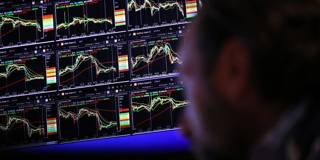With almost everyone having been blindsided by surging inflation and other unanticipated developments, neither economic nor political forecasters have fared particularly well in recent years. Nonetheless, key macroeconomic indicators offer at least a preliminary glimpse of what 2023 may hold in store for the US.
STANFORD – The economic, financial, and political chaos of 2022 has exposed the limits of forecasting. Recall the outlook from mid-2021, when very few observers were worried about inflation (I was among the small minority that was). The “Blue Chip” consensus – reflecting the views of 50 private-sector forecasters – was that the US consumer price index would rise by just 2.5% in 2022. Yet over the last 12 months, “core” CPI, which excludes volatile food and energy prices, has risen by 6%. Similarly, the US Federal Reserve’s preferred measure – the core personal consumption expenditures index – was expected to rise by just 2.7%; it is up 5%.

STANFORD – The economic, financial, and political chaos of 2022 has exposed the limits of forecasting. Recall the outlook from mid-2021, when very few observers were worried about inflation (I was among the small minority that was). The “Blue Chip” consensus – reflecting the views of 50 private-sector forecasters – was that the US consumer price index would rise by just 2.5% in 2022. Yet over the last 12 months, “core” CPI, which excludes volatile food and energy prices, has risen by 6%. Similarly, the US Federal Reserve’s preferred measure – the core personal consumption expenditures index – was expected to rise by just 2.7%; it is up 5%.